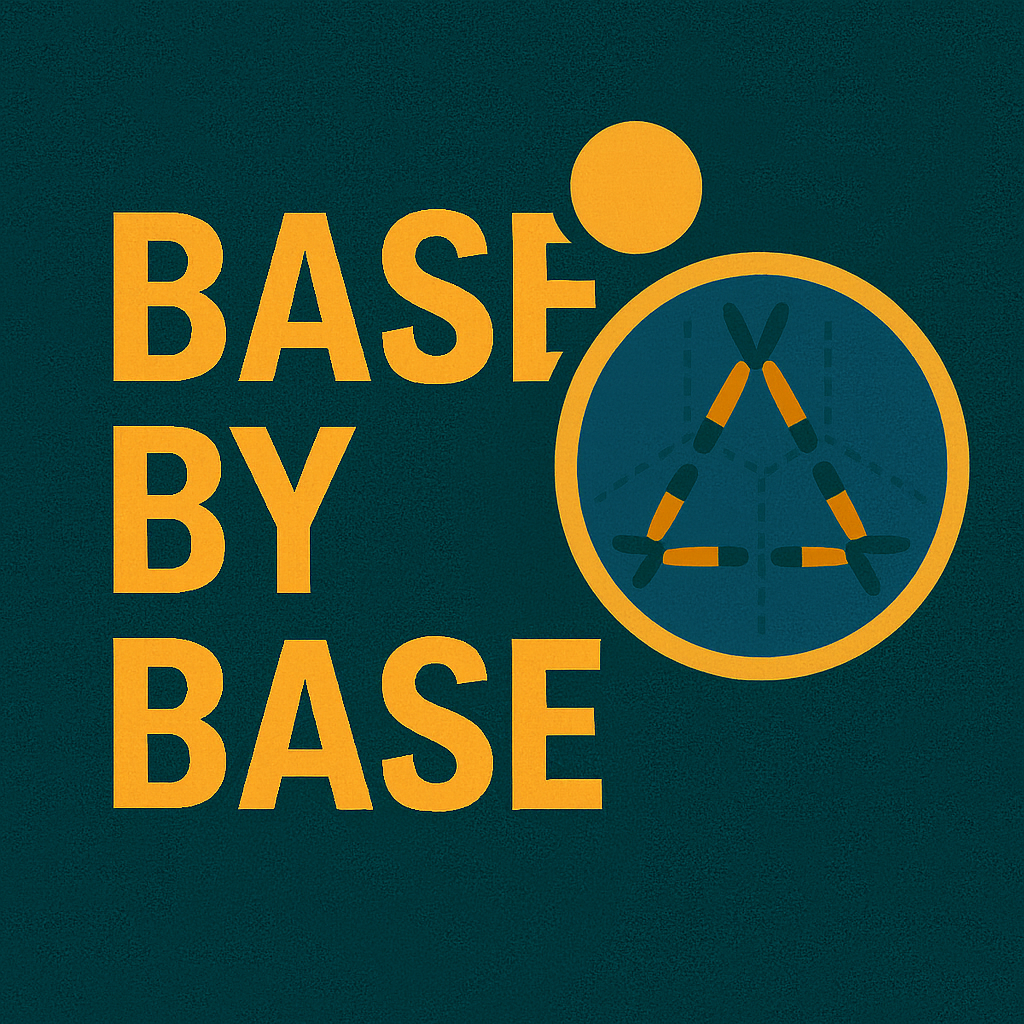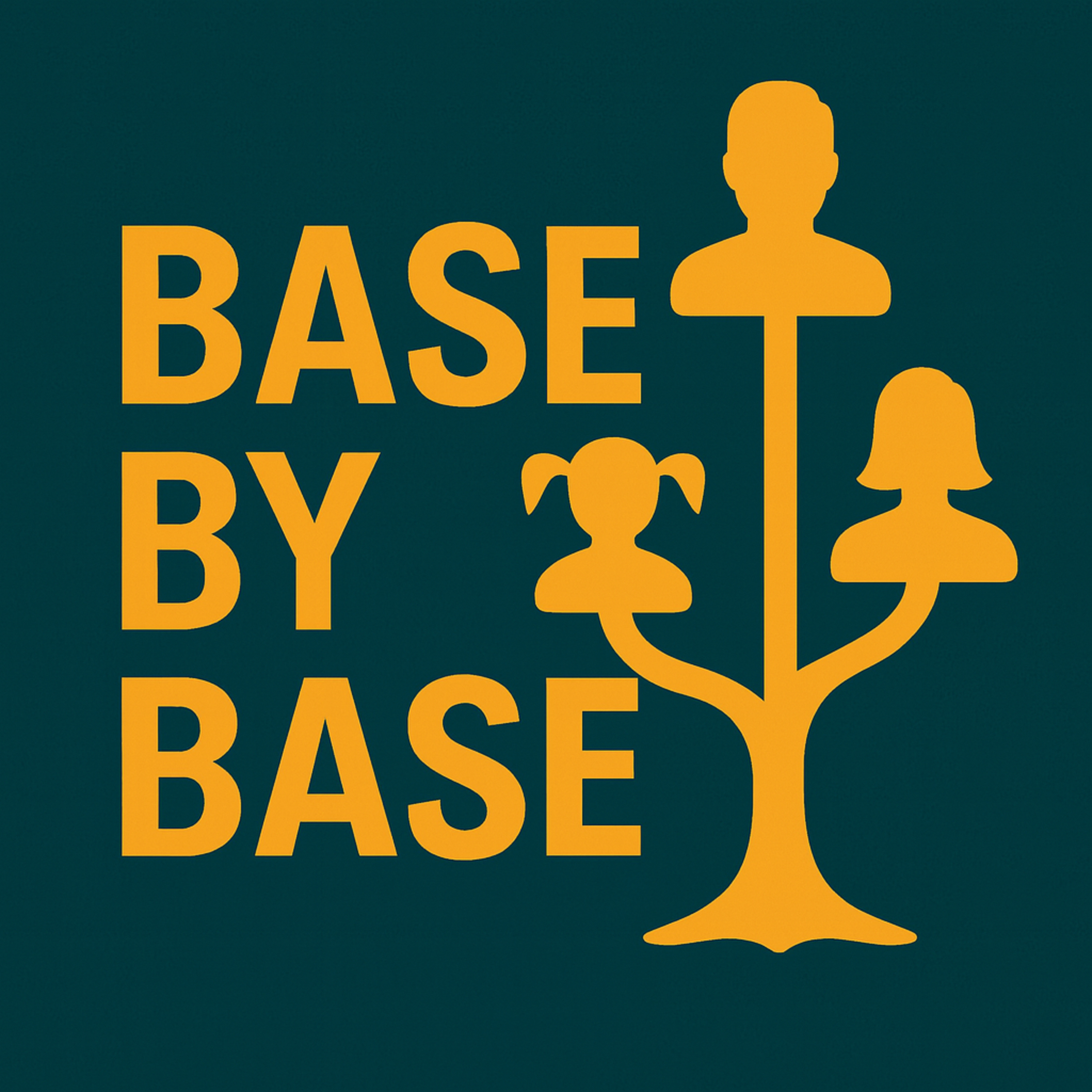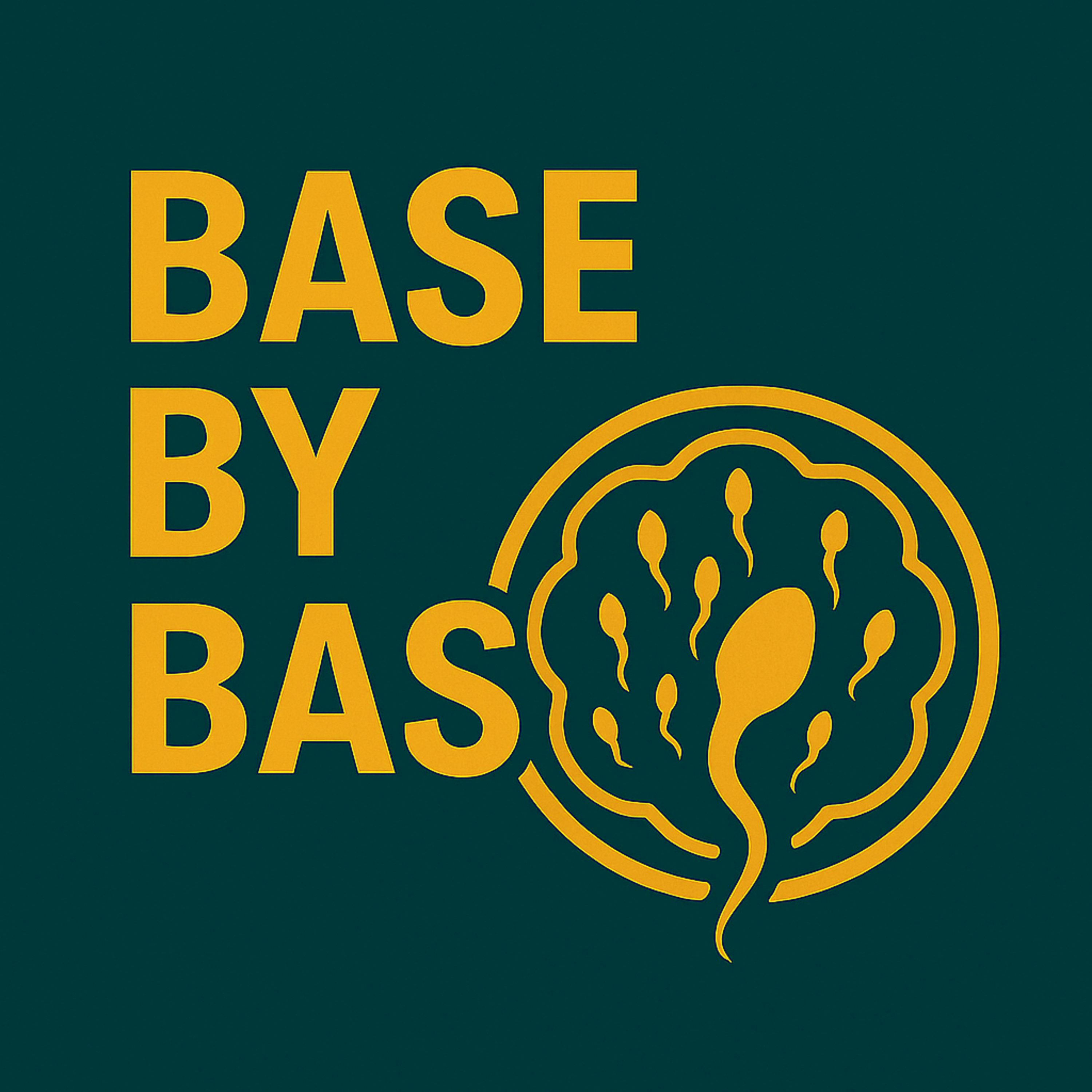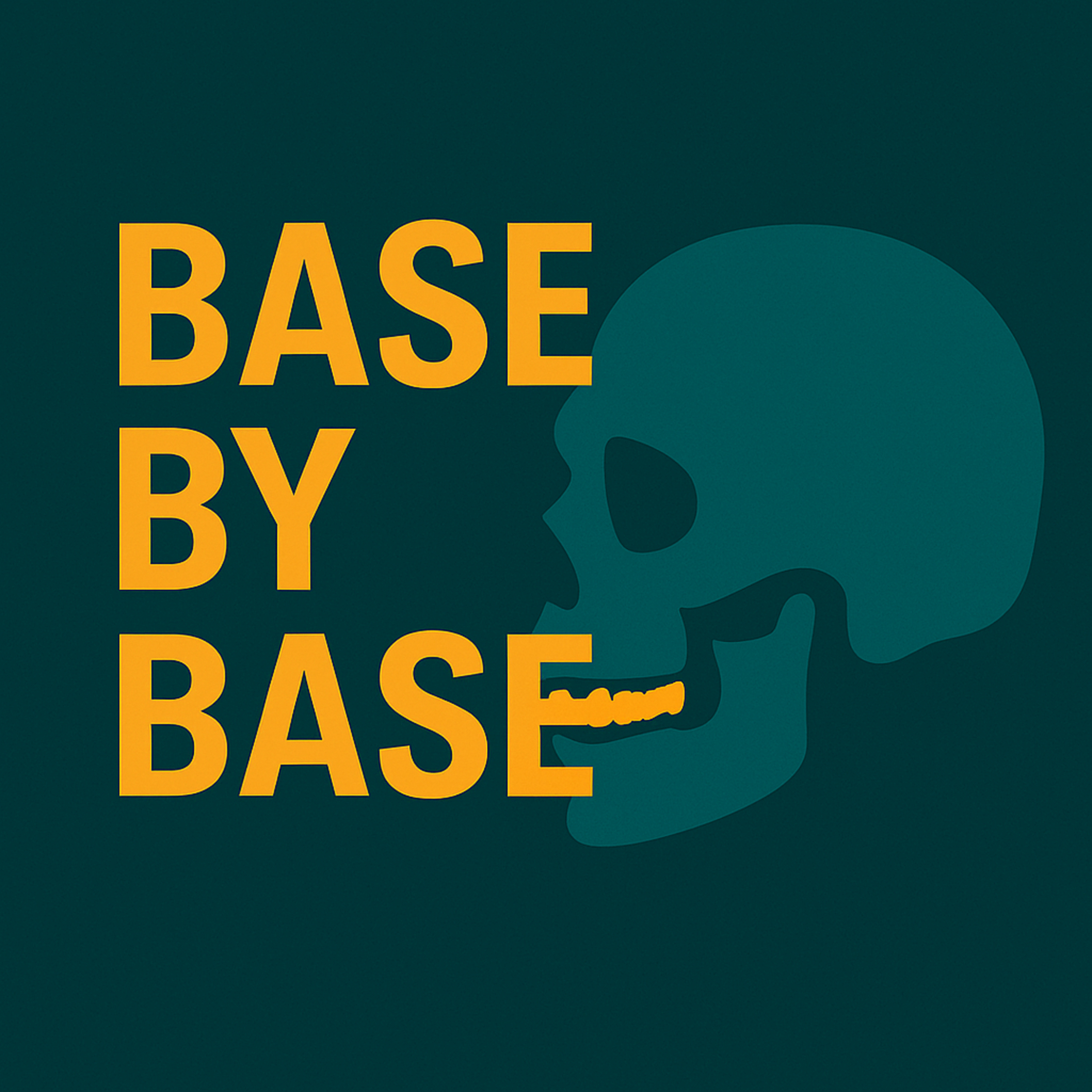Show Notes
️ Episode 170: Maternal Age, Meiotic Recombination Failure, and Triploidy in Humans
In this episode of PaperCast Base by Base, we explore how maternal age and failures of meiotic recombination shape the origins of triploid conceptions in humans, drawing on large-scale preimplantation genetic testing datasets from ICSI-derived embryos.
Study Highlights:
Drawing on 96,660 embryo biopsies with an independent validation cohort of 44,324, the authors quantify the burden of ploidy-level abnormalities in ICSI-derived blastocysts and show that triploidy is about five times more frequent than haploidy at the blastocyst stage. Genotyping and sex-chromosome modeling reveal that nearly all triploid embryos arise from maternal errors, with about one third originating in meiosis I and two thirds in meiosis II, while most haploid embryos reflect loss of the paternal genome. Analysis of parental trios uncovers an unexpected subset of triploid embryos with genome-wide absence of crossovers, indicating a failure to initiate meiotic recombination during oogenesis and implying that such oocytes can still reach ovulation. Maternal age shows a positive, significant association with triploidy/haploidy risk, and the study also identifies rare recombinant maternal isodiploidy among otherwise 46,XX embryos. Evidence of recurrence in a small fraction of couples suggests that beyond age, individual predisposition can elevate the risk of polyploid conceptions.
Conclusion:
These findings refine the mechanistic picture of human triploidy by linking maternal age and recombination failure to diploid oocyte formation, with practical implications for risk counseling and embryo assessment in reproductive genetics.
Reference:
Picchetta L, Ottolini CS, Tao X, Zhan Y, Jobanputra V, Marin Vallejo C, Mulas F, Paraboschi EM, Escribá Pérez MJ, Molinaro T, Whitehead C, Gill P, Mounts E, Babariya D, Rienzi LF, Ubaldi FM, Garcia-Velasco JA, Pellicer A, Carmi S, Hoffmann ER, Capalbo A. Maternal age and genome-wide failure of meiotic recombination are associated with triploid conceptions in humans. The American Journal of Human Genetics. 2025;112:1–14. https://doi.org/10.1016/j.ajhg.2025.09.014
License:
This episode is based on an open-access article published under the Creative Commons Attribution 4.0 International License (CC BY 4.0) – https://creativecommons.org/licenses/by/4.0/
Support:
If you'd like to support Base by Base, you can make a one-time or monthly donation here: https://basebybase.castos.com/




